Drug discovery will receive a £103 million boost at the UK’s new national life sciences institute the Rosalind Franklin Institute. Robotics, synthesis and biophysics will be brought together in a high-throughput facility that aims to make drug discovery up to 10 times more productive. A fully automated workflow will make drugs for clinical testing within weeks rather than months.
‘The way we do drug discovery currently is based around a design–make–purify test cycle,’ explains synthetic chemist Adam Nelson from the University of Leeds, who will be leading the Rosalind Franklin Institute’s chemistry for medicine programme. Although medicinal chemistry already uses automated processes, they tend to focus on individual stages in this cycle. ‘We want to increase the throughput of each stage and integrate them better.’
However, the Rosalind Franklin Institute, which will be based at the Harwell science campus in Oxfordshire, won’t be doing drug discovery in a traditional sense. ‘It’s all about developing underpinning technologies to facilitate discovery,’ Nelson tells Chemistry World. The University of Oxford’s Ian Walmsley, chair of the interim board, said that the institute will ‘embrace high-risk, adventurous research that will transform the way we develop new medicines’. In collaboration with 10 UK universities, researchers will also work on imaging technology, structural biology methods, biological mass spectrometry and protein synthesis.
One of the topics Nelson’s team will work on is adding to the medicinal chemist’s toolkit. Currently, just a handful of reactions dominate most drug discovery labs. ‘They are largely focused around reactions that allow you to functionalise nitrogen or oxygen. There is only one carbon–carbon bond forming reaction that’s widely used – the Suzuki reaction,’ Nelson says, emphasising the need for more C–H functionalisation methods.
‘Exploring chemical space only with a narrow toolkit is a bit like exploring the UK using only local bus routes,’ says Nelson. Being able to use different modes of transport – different reactions – should allow chemists to explore new corners of chemical space, he adds.
The facility, which was announced by the government in 2017, will open its doors in 2020. Until then, projects will run in temporary facilities near in Harwell.

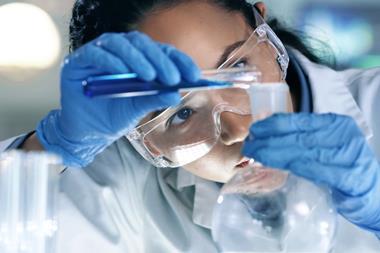

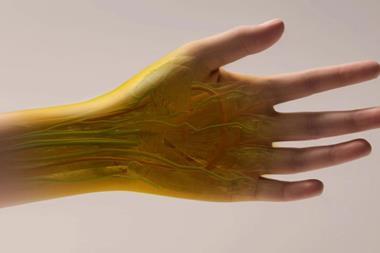

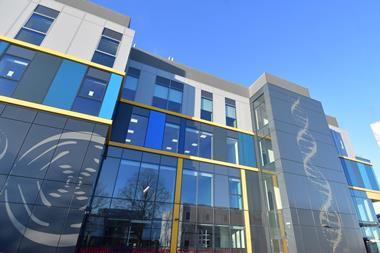
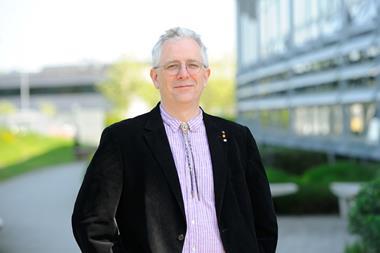
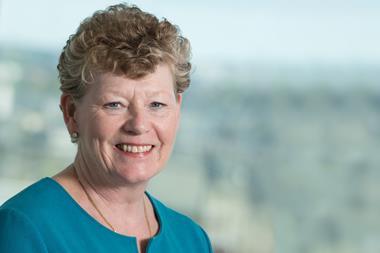
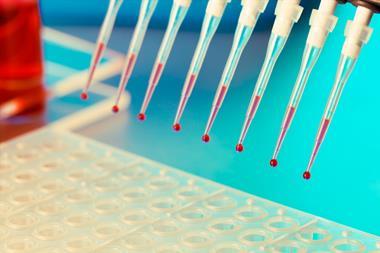
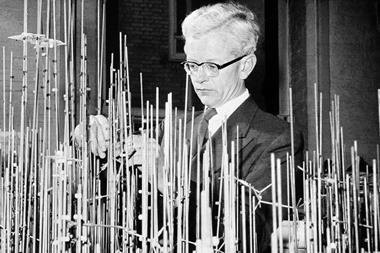












No comments yet